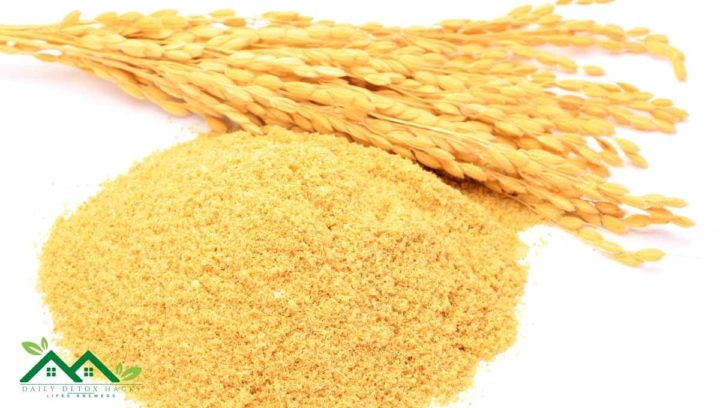Wheat Bran Substitute

Wheat Bran Substitute: 5 Excellent Alternatives
Wheat bran is one of the byproducts of the milling process of wheat. It’s a common ingredient in the cereal industry, thanks to its dietary-rich composition and thickening properties.
Whether you have gluten intolerance or you simply can find when bran on the market, there is a wide range of alternatives that you can use instead.
In today’s article, we’ll walk you through 5 of the best wheat bran substitute options that you can try. Let’s jump right in and see
Sort has a texture like flax seed.
1. Oat Bran
Since adding fiber content is of the most common uses of wheat bran, your closest overall alternative would be oat bran.
In addition to the high soluble fiber content, this one is rich in a wide range of nutritional elements while having fewer calories and carbohydrates than wheat bran.
Another reason why it’s an excellent substitute for wheat bran is that it has the same nutty flavor and density.
This means that you can use equal quantities to substitute wheat bran with oat bran (1:1 ratio), but make sure that you also soak them in water first, especially if you’re baking.

2. Rice Bran
Another type of bran that also retains a lot of the properties of wheat bran is the one produced while milling rice kernels.
From a nutritional point of view, rice bran is considered a superior source of protein as well as dietary fibers and important minerals, such as iron.
Not only that, but rice bran also has a richer flavor profile that makes it excellent as a food additive to increase fiber content. Moreover, it’s an excellent solution for those suffering from gluten-related issues.
Like oat bran, rice bran also doesn’t require any proportion modification while substituting wheat bran with them, and some people even like to use mixtures of 50% rice bran and 50% wheat bran to elevate the flavor.
3. Roasted Flax Seeds
If you’re looking for a gluten free alternative that adds an earthy, nutty flavor to your recipes, roasted flax seeds should always be on your mind.
This choice is ideal for those who like to experiment with different textures and a slightly stronger flavor profile, as the flax seeds are slightly crunchier and sweeter than wheat bran.
Flax seeds are also rich in omega 3 fatty acids, which are great for your health. Use the roasted variety in the same quantities as the substituted wheat bran.
4. Wheat Germ
Wheat germ is quite similar to wheat bran in terms of flavor and health benefits, although they slightly differ in terms of ratios of fibers and content (wheat germ has higher protein but lower fiber).
Despite the difference, they’re also used in the same quantities without modifications, so you don’t have to make calculations while substituting
5. Rye Flour
Another option to consider if you want a similar composition but a completely different taste is rye flour.
This one has a malty flavor and a rich aroma that is ideal for baking goodness, especially when you’re making neutral to sweet pastries, such as muffins. Use it in a 1:1 ratio or add slightly more rye flour if you want a bolder taste.
